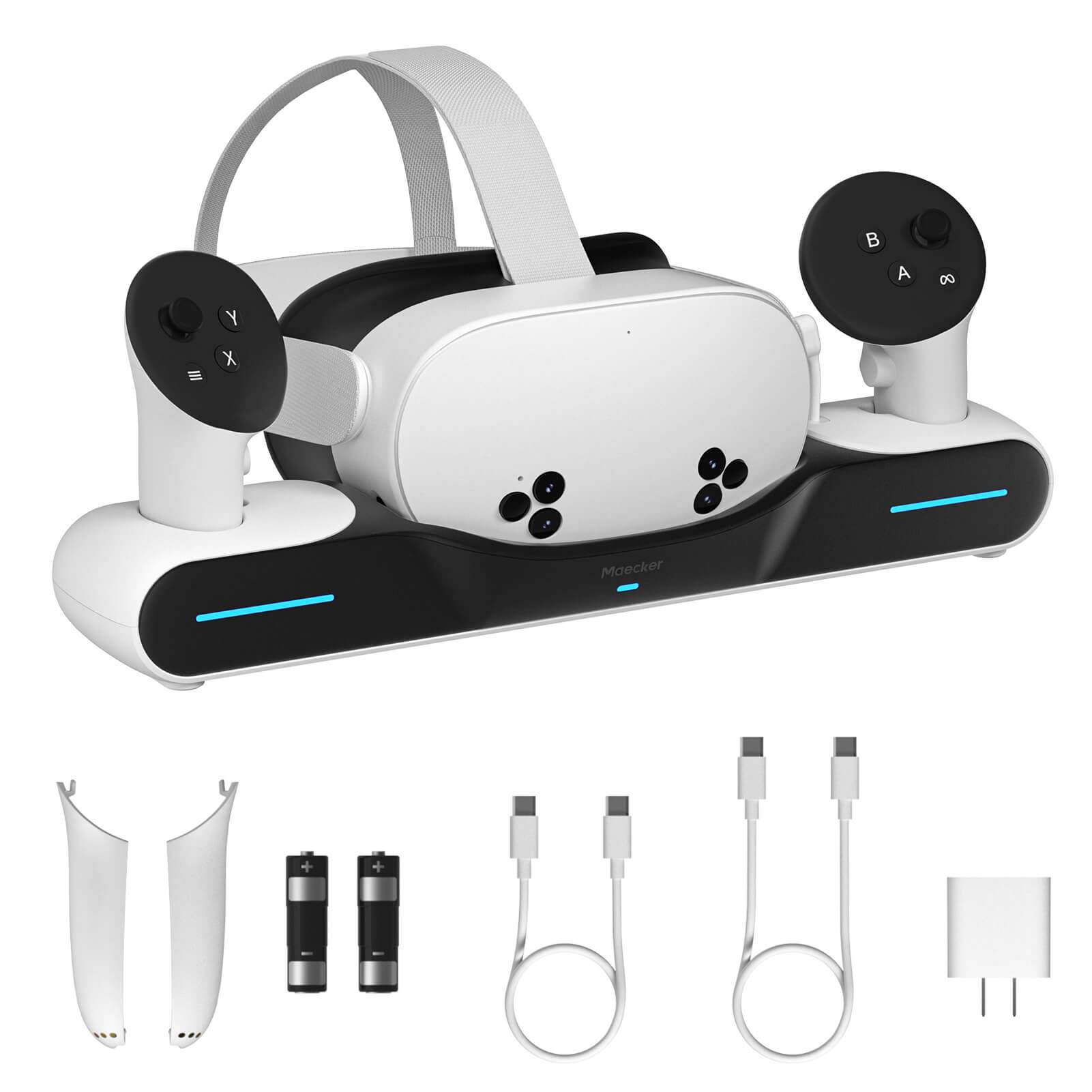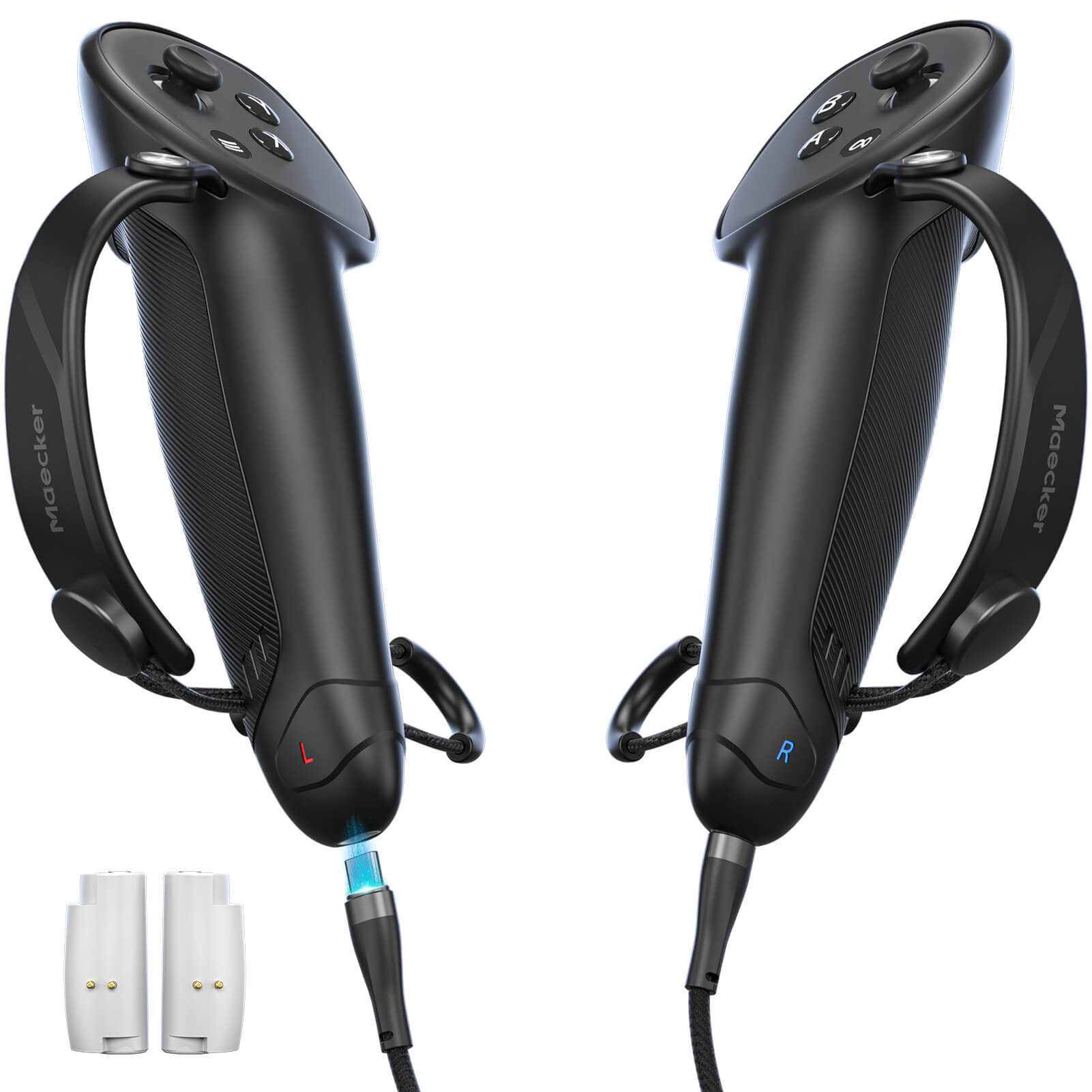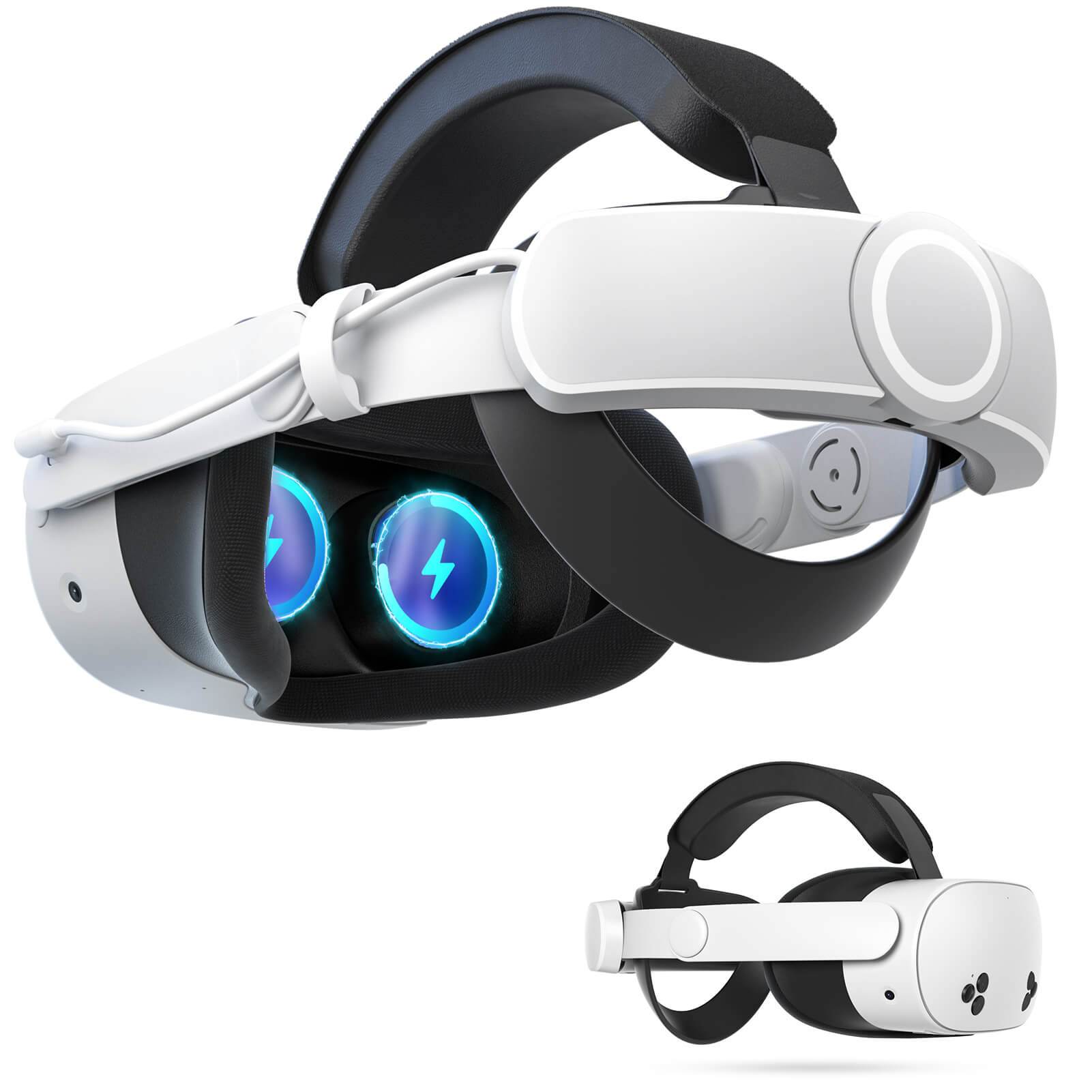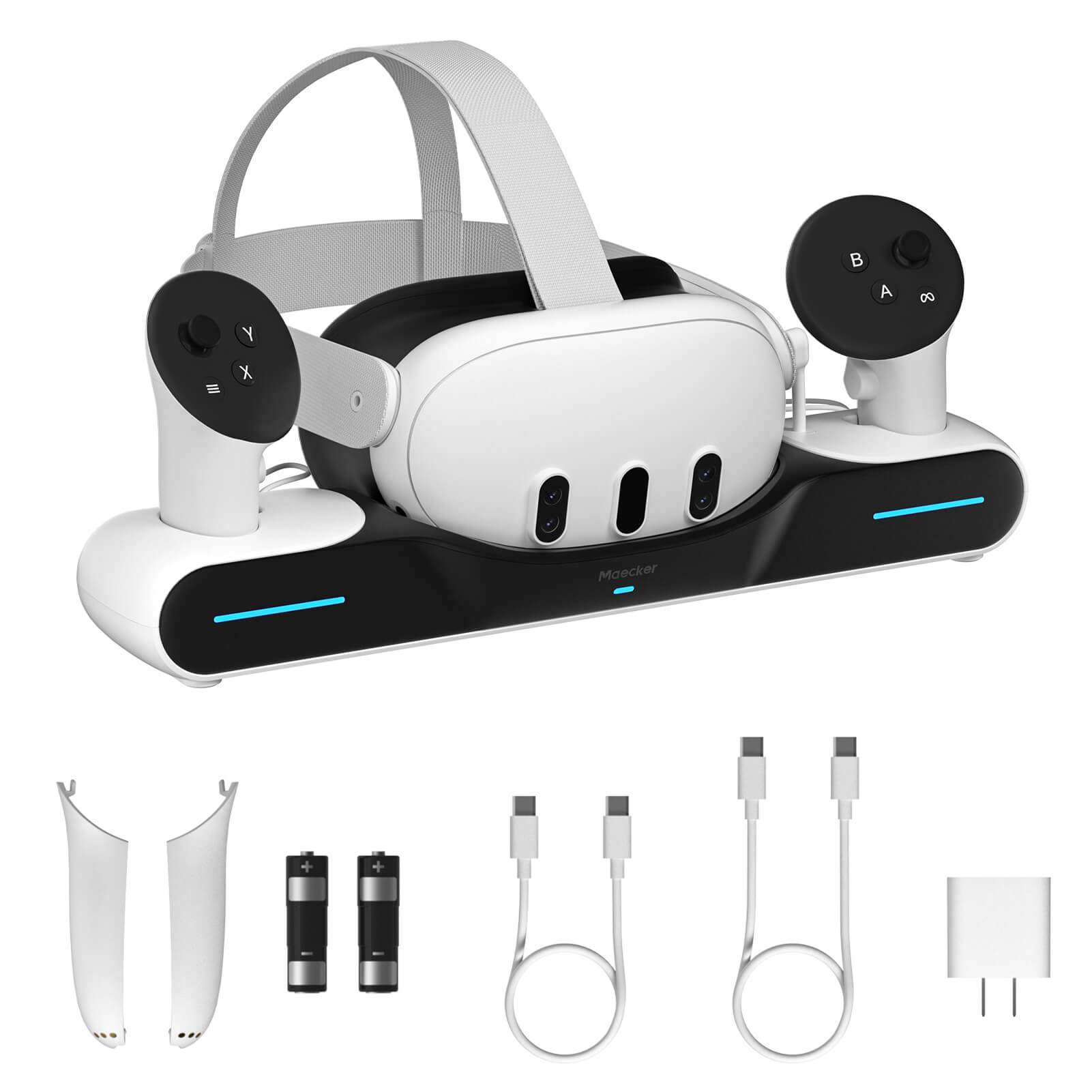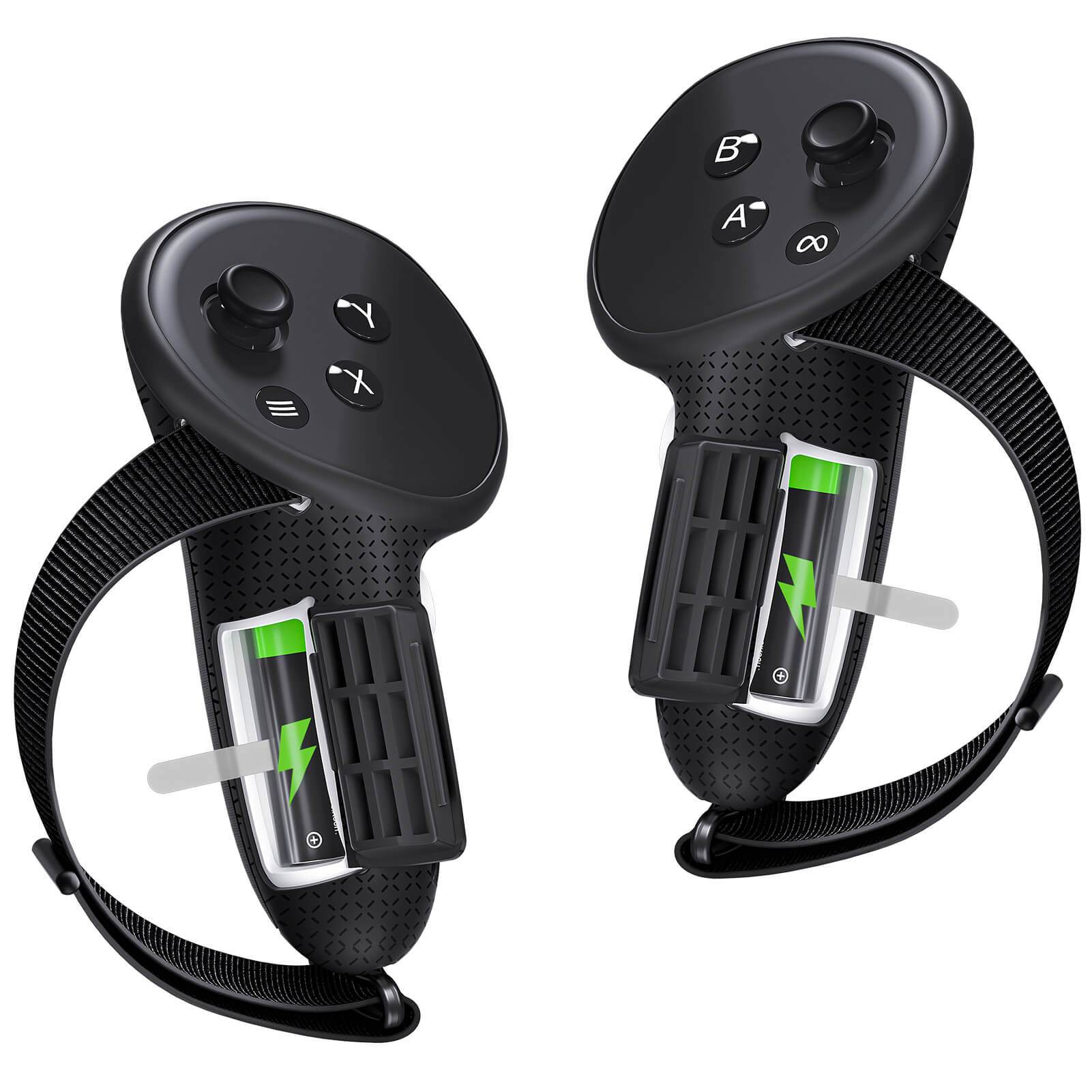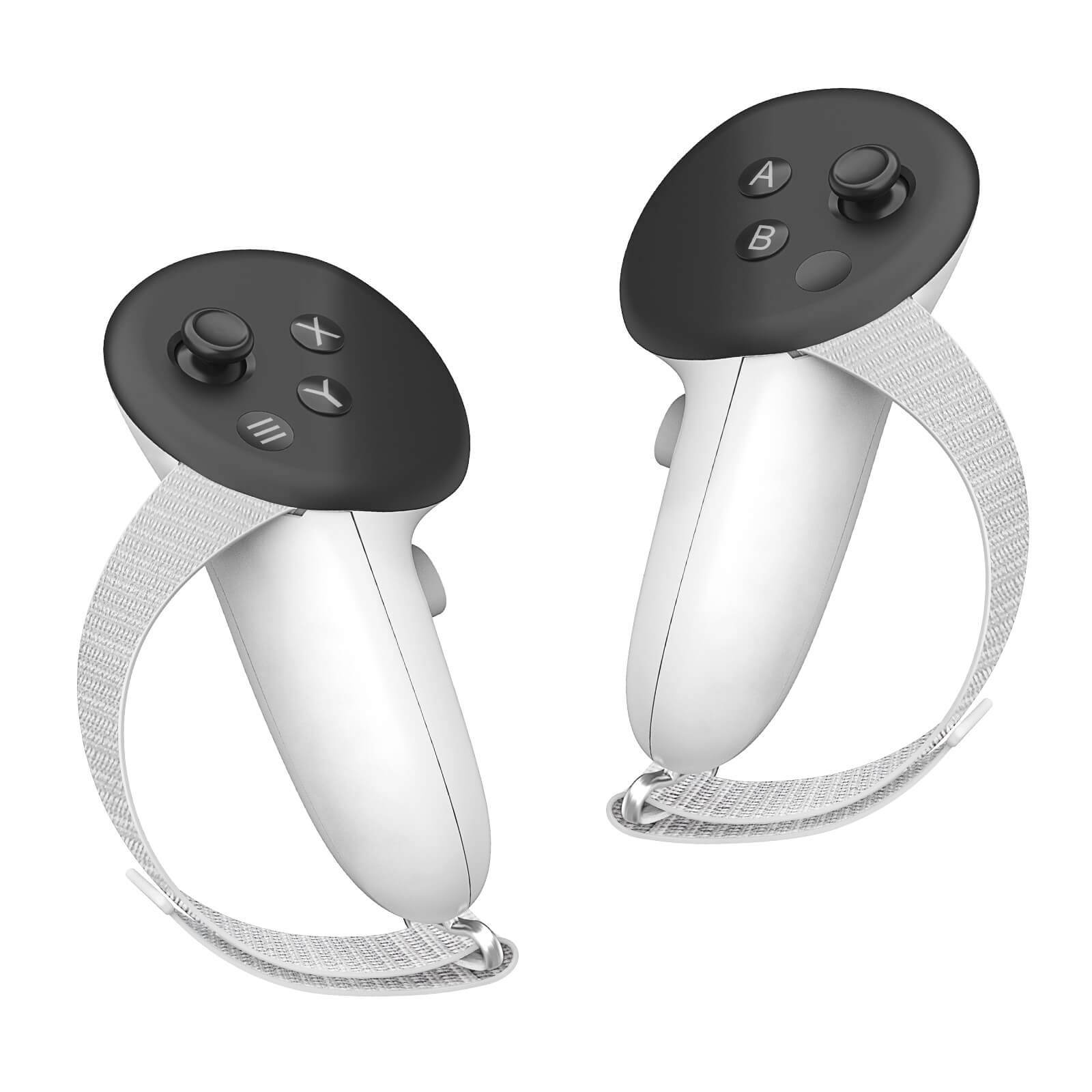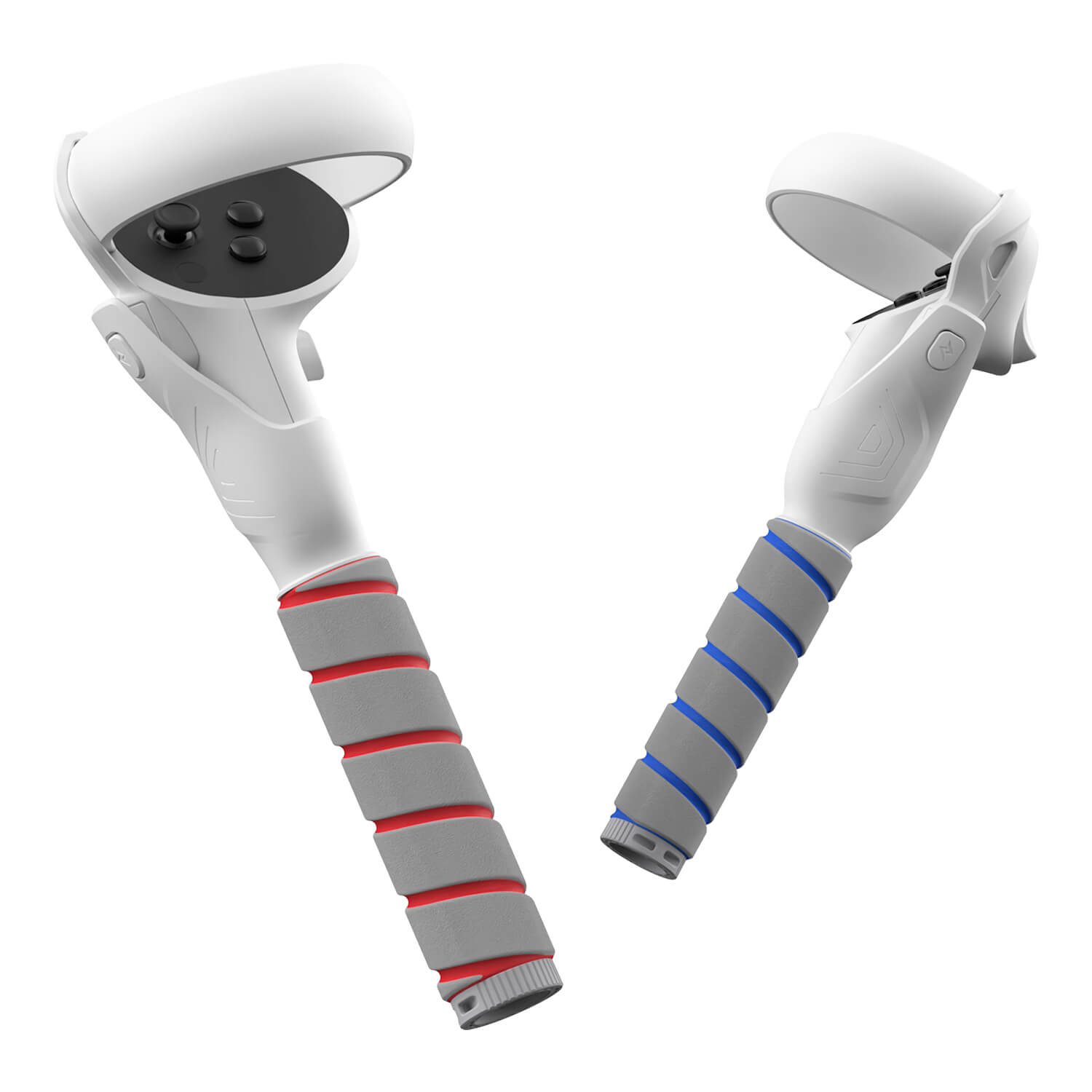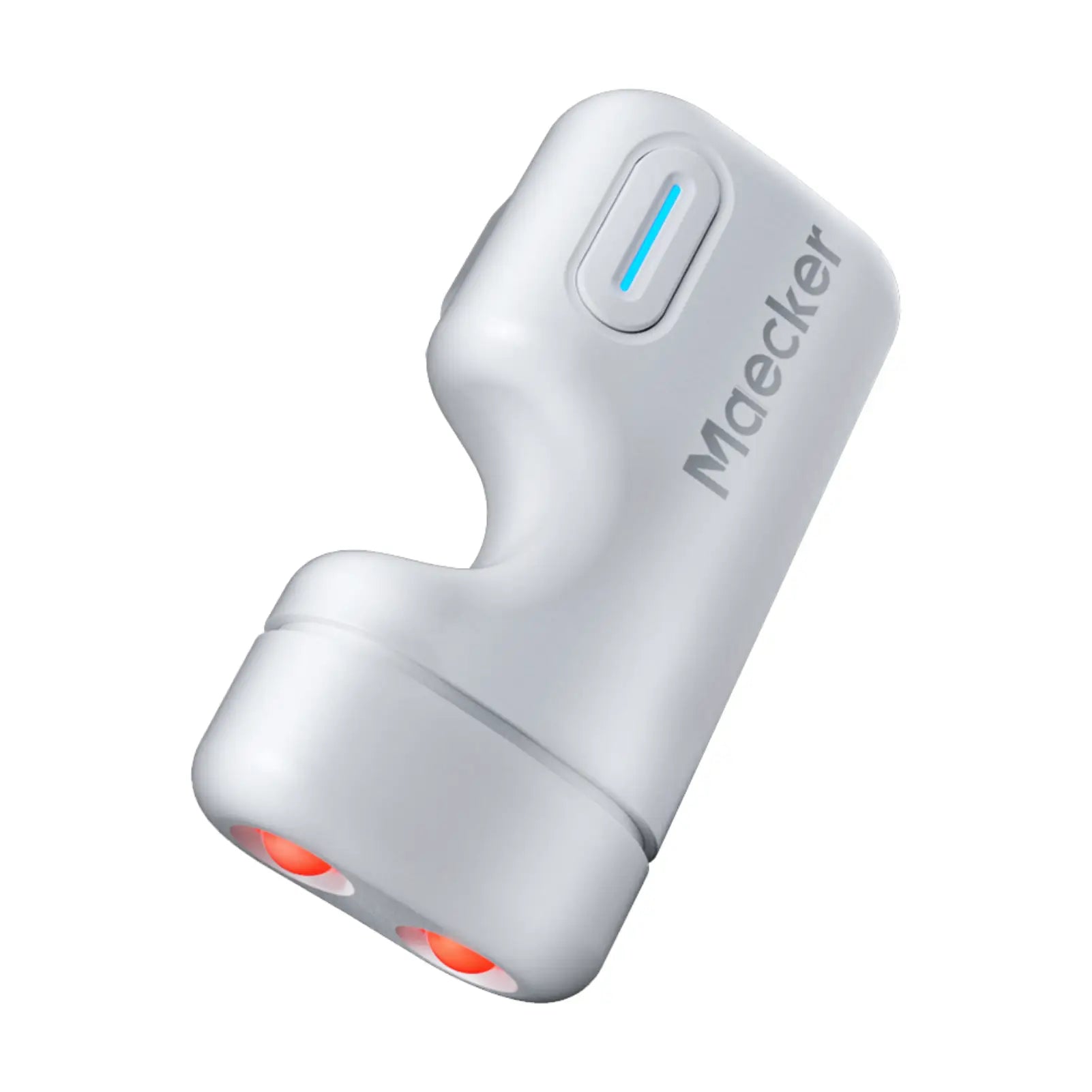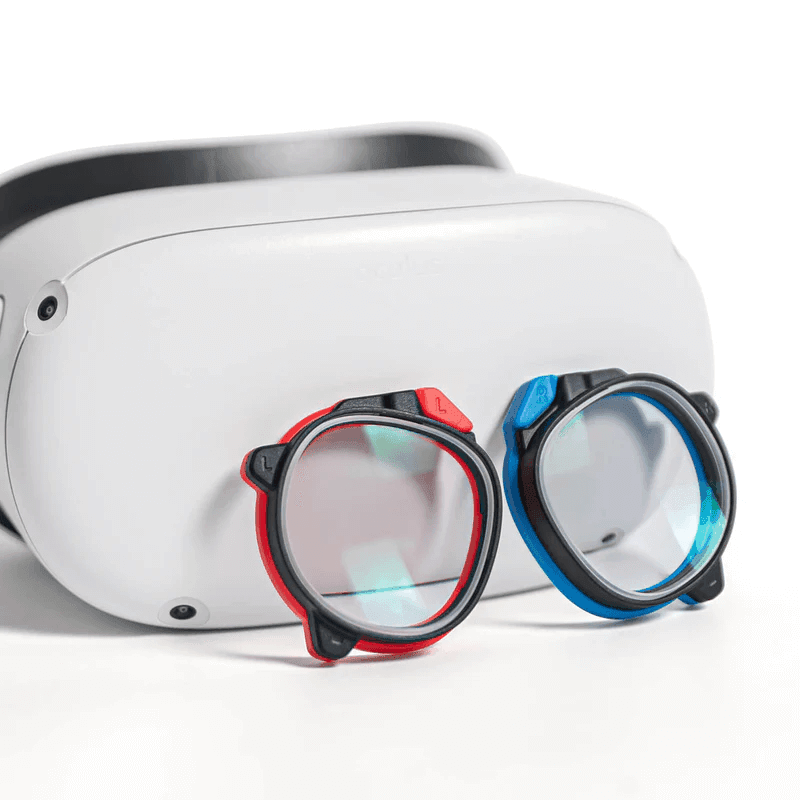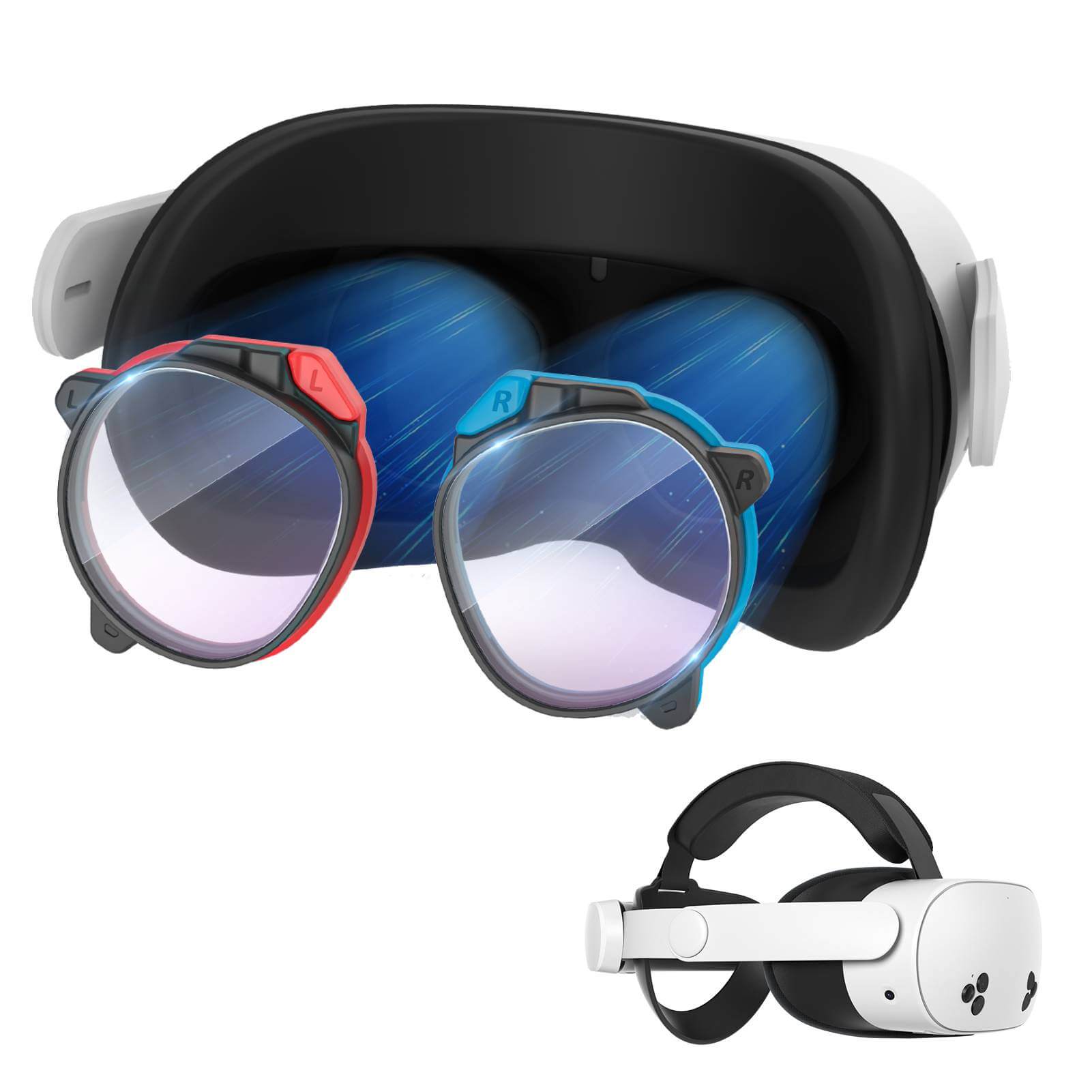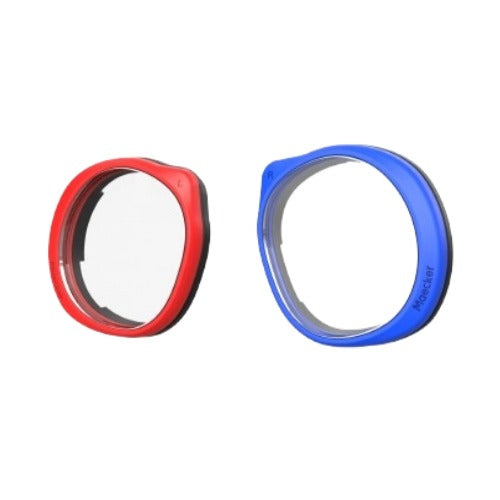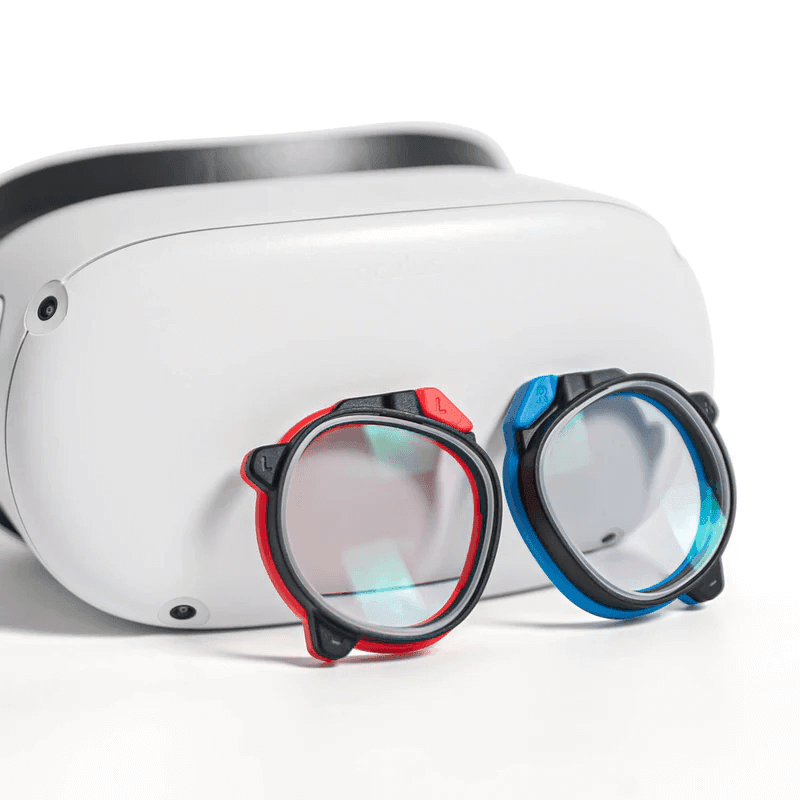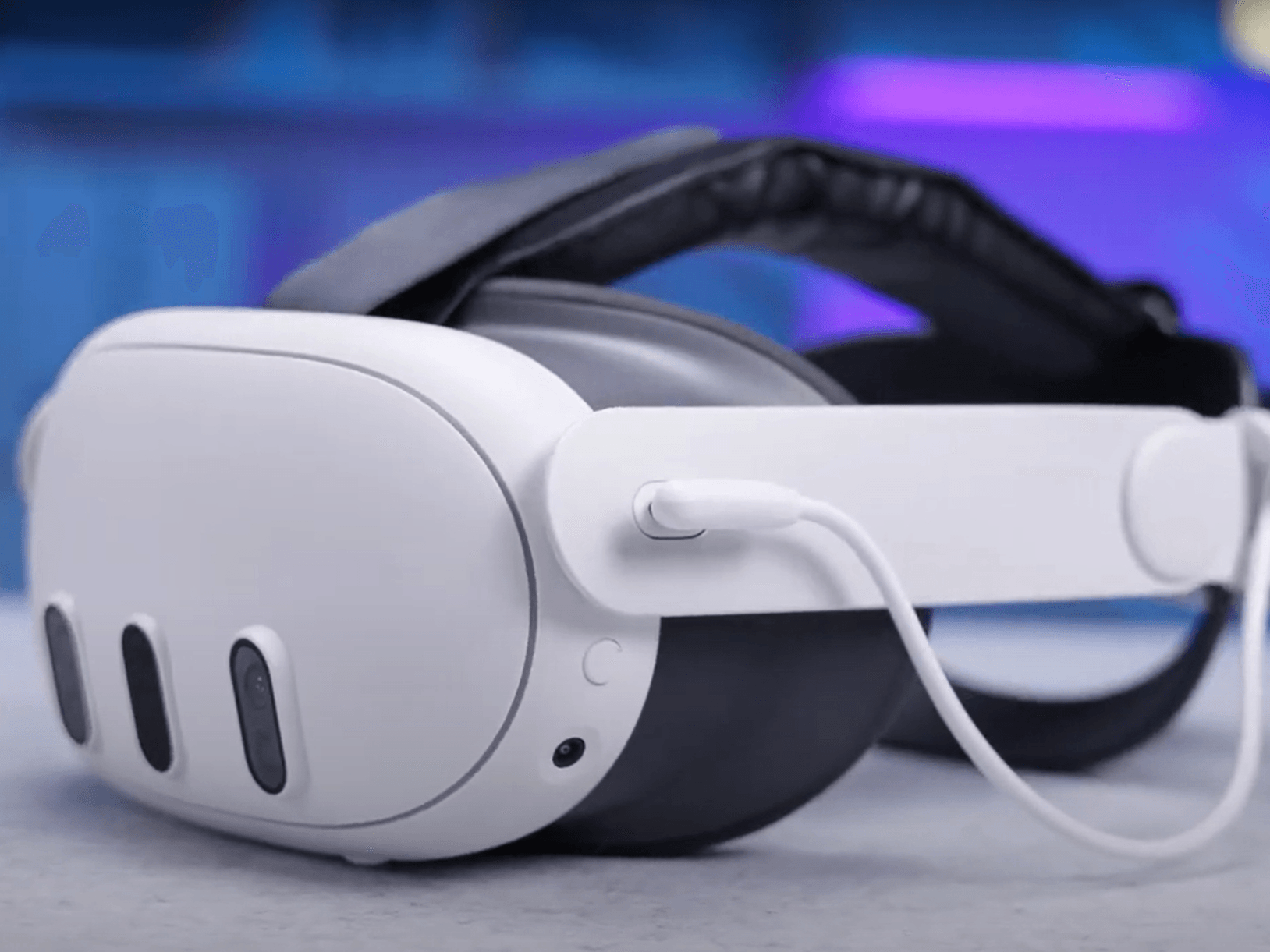Tanto si eres un jugador ocasional como un entusiasta de la realidad virtual, una configuración adecuada del área de juego puede mejorar significativamente tu experiencia. En este artículo, analizaremos los aspectos esenciales para crear el área de juego de realidad virtual perfecta, centrándonos en el espacio, la seguridad, los accesorios y más.
Cómo elegir el espacio adecuado para tu área de juegos de realidad virtual
El primer paso para configurar tu área de juegos de RV es elegir el espacio adecuado. Una configuración típica de RV requiere un mínimo de 2 x 2 metros (6,5 x 6,5 pies) de espacio libre. Esto te permite moverte con libertad sin preocuparte por chocar con muebles o paredes.
Si tienes una habitación más grande, mucho mejor. Un área más espaciosa te da la flexibilidad de moverte con más naturalidad, lo que puede mejorar el realismo de tu experiencia de realidad virtual. Sin embargo, asegúrate de que la habitación esté libre de desorden y obstáculos que puedan causar accidentes.
Cómo elegir la superficie adecuada
El tipo de suelo de tu zona de juegos de RV es otro factor importante. Aunque parezca insignificante, la superficie sobre la que te paras puede afectar tu experiencia general.
Los suelos de madera o baldosas pueden ser resbaladizos, lo cual no es ideal cuando te mueves rápido en un juego de realidad virtual. Además, estas superficies pueden ser molestas para los pies durante largas sesiones de juego. Por otro lado, una alfombra gruesa proporciona una superficie acolchada y cómoda para estar de pie, lo que ayuda a prevenir resbalones y caídas.
Otra opción es usar baldosas de espuma entrelazadas, cómodas y fáciles de instalar. Estas baldosas se pueden ajustar para adaptarse perfectamente a tu espacio, ofreciendo una superficie suave y antideslizante, ideal para juegos de RV. Las baldosas de espuma son especialmente útiles si estás configurando tu espacio de RV en una sala multiusos, ya que se pueden quitar y guardar fácilmente cuando no se usan.
Accesorios de realidad virtual imprescindibles
Para sacar el máximo provecho de tu equipo de RV, es fundamental invertir en los accesorios adecuados. Aquí tienes algunos artículos imprescindibles que pueden mejorar tu experiencia y hacer tu equipo más eficiente:
1. Auriculares de alta calidad
El sonido es una parte importante de la experiencia de realidad virtual. Unos auriculares de alta calidad pueden ofrecer un audio inmersivo, haciendo que el entorno virtual se sienta más real. Busca auriculares con sonido envolvente, ya que mejoran la profundidad y la dirección del audio.
2. Cubierta de realidad virtual
Una funda de realidad virtual mantiene tus gafas limpias y cómodas, reduciendo el sudor y la irritación. Estas fundas son fáciles de limpiar y reemplazar, lo que garantiza la higiene de tus gafas.
3. Paquete de batería externa
La duración de la batería es una preocupación común en los juegos de realidad virtual. Una batería externa puede prolongar el tiempo de juego, permitiéndote disfrutar de sesiones más largas sin preocuparte por quedarte sin batería. Asegúrate de elegir una batería compatible con el modelo de tus gafas.
4. Base de carga
Mantener tus gafas de RV y mandos cargados es esencial para jugar sin interrupciones. Una base de carga no solo mantiene tus dispositivos cargados, sino que también te permite guardarlos de forma ordenada y organizada cuando no los uses.
5. Empuñaduras del controlador
Para un mejor control y comodidad, considera añadir agarres a tus mandos de VR. Estos agarres evitan que los mandos se resbalen durante partidas intensas, lo que te proporciona un agarre más seguro y reduce el riesgo de caídas.
6. Sistema de gestión de cables
Si su configuración de RV incluye componentes cableados, un sistema de gestión de cables es imprescindible. Este sistema ayuda a mantener los cables organizados y fuera del camino, reduciendo el riesgo de tropiezos y prolongando su vida útil al prevenir el desgaste.
7. Alfombrilla de realidad virtual
Una alfombra de realidad virtual te ayuda a orientarte en tu área de juego. La retroalimentación táctil proporciona un punto de referencia físico, lo que te permite saber dónde te encuentras en el espacio sin tener que mirar constantemente.
8. Lentes graduadas
Si usa gafas, las lentes graduadas para sus gafas de realidad virtual pueden marcar una gran diferencia en comodidad y claridad. Estas lentes están hechas a medida para su prescripción, lo que le permite disfrutar de imágenes nítidas sin la incomodidad de usar gafas debajo de las gafas.
Cómo crear la atmósfera perfecta
Iluminación
La iluminación suele pasarse por alto, pero juega un papel fundamental en tu experiencia de realidad virtual. Una iluminación adecuada garantiza que las cámaras de seguimiento de tus gafas funcionen eficientemente, reduciendo el retardo y mejorando la precisión.
La luz natural es ideal, pero es importante evitar la luz solar directa, ya que puede interferir con los sensores de las gafas de realidad virtual. Si tu zona de juego no recibe mucha luz natural, considera instalar una iluminación suave y uniforme que no proyecte sombras fuertes. Las luces LED son una excelente opción, ya que proporcionan una iluminación uniforme sin generar mucho calor.
Ambiente
Además de la iluminación, considera el entorno general de tu espacio de RV. Asegúrate de que la sala esté bien ventilada, ya que los juegos de RV pueden ser físicamente exigentes. Un ventilador o aire acondicionado puede ayudar a mantener la sala fresca durante sesiones largas.
Cómo mantener tu área de juegos de realidad virtual libre de peligros
La seguridad siempre debe ser una prioridad al configurar tu área de juegos de RV. Asegúrate de que el espacio esté libre de obstáculos, como muebles o alfombras sueltas, que puedan causar tropiezos o accidentes.
Si usas gafas de realidad virtual con cable, presta especial atención a la gestión de cables para evitar enredos o tropiezos. Usa clips para cables o un sistema de gestión de cables montado en el techo para que no molesten.
Además, considera establecer límites dentro de tu espacio de realidad virtual. Algunos cascos ofrecen límites virtuales que pueden ayudarte a evitar paredes y otros obstáculos. Si tus cascos no tienen esta función, considera marcar los límites de tu área de juego con cinta adhesiva u otro marcador visible.
Conclusión
Crear el área de juegos de RV perfecta implica más que simplemente elegir las gafas adecuadas. Requiere una cuidadosa consideración del espacio, el suelo, los accesorios, la iluminación y las medidas de seguridad.


